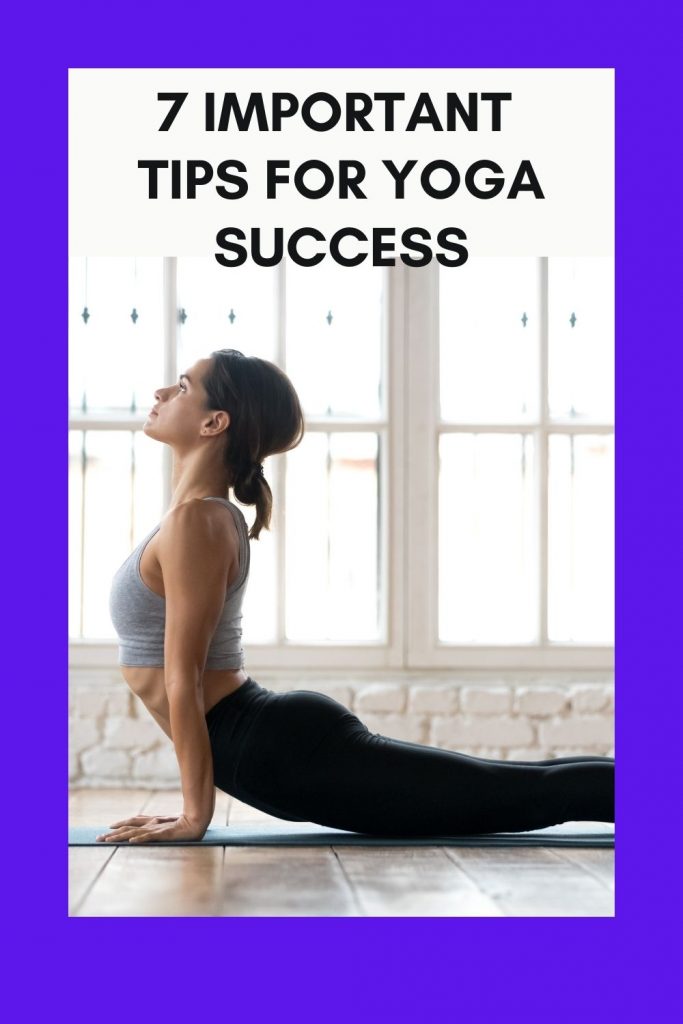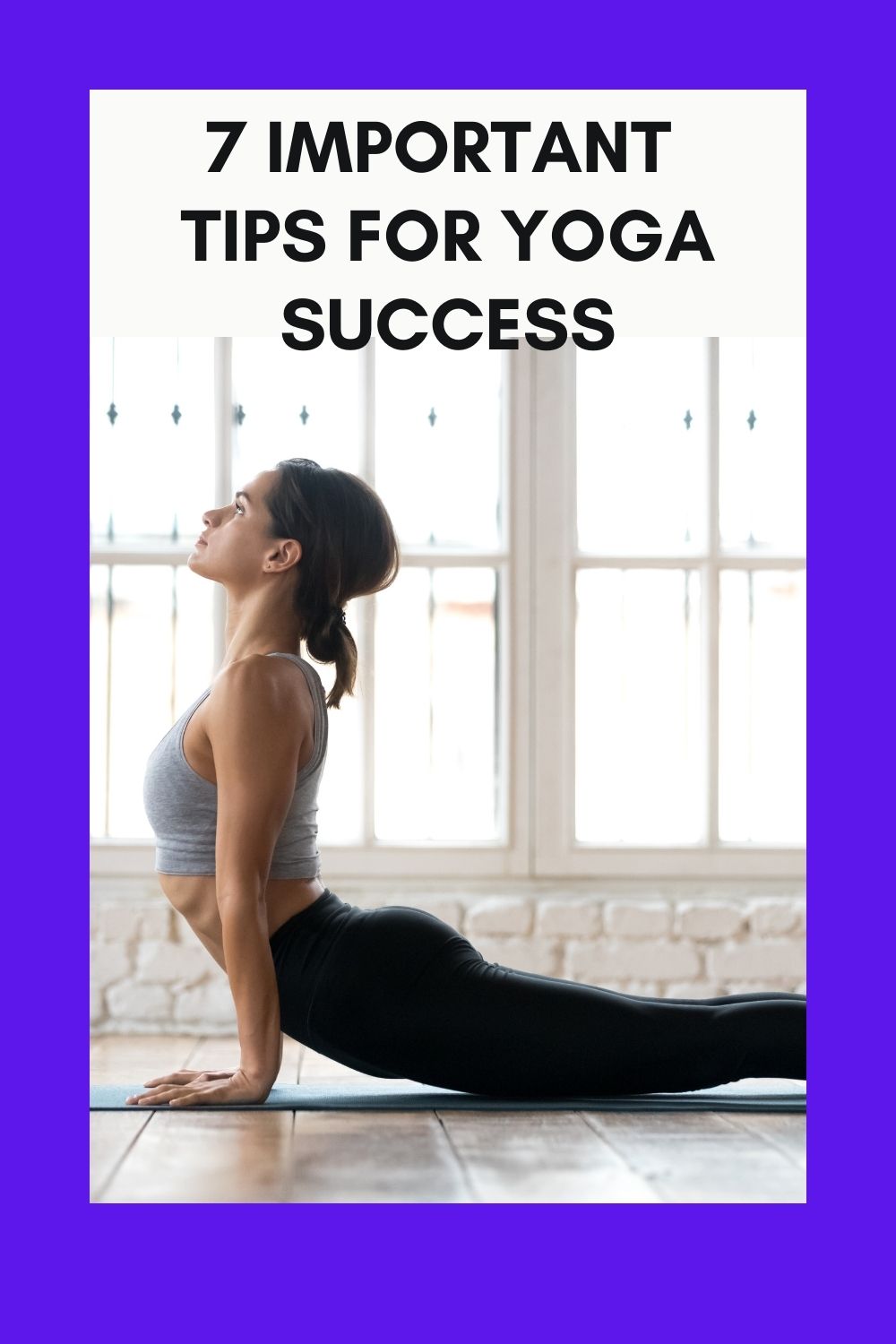Yoga is a practice that has been proven to help you relax, it can also help you to relieve stress. This article will help you to start your journey to a more centered life.
1. Your doctor can help you with your practice. Explain what poses you plan to practice and ask for illustrations. Your doctor can rule out certain poses if you have a history of high blood pressure, glaucoma, or a history of retinal detachment. Do not do anything that your doctor has not approved of.
2. If you are unsure if you can handle a certain class, talk to the teacher and decide if you want to take it before signing up. Taking it one class at a time is always a wise approach, do not move to a more advanced class without allowing your body to adjust to the new exercises.
3. Listen to your body, it knows best, so don’t ignore any signals that your body is giving you. Make sure you have an instructor that knows your skill level and limitations. Don’t allow others to push you too quickly and remember this is supposed to be fun and relaxing.
4. You could try Yoga classes at a local studio or practice at home. You can find many books, videos and programs online to help you get started. Search for the best products and read reviews. Ask for recommendations.
5. It is always good to try and get some one-on-one private lessons to help you get started with yoga. If you are looking for some one-on-one private lessons, it is worth asking your local yoga instructor if they offer any, you can even ask if they can design a course for you if they don’t offer private lessons.
6. You need to find a partner for yoga. This is a great way to practice and help you reduce injuries. Yoga helps to reduce injuries.
7. You should wait at least two hours after eating before starting yoga. Eating can make you too hungry and you won’t be able to concentrate on the exercises during the class.
Grab your mat and towel and get ready for your yoga exercises


